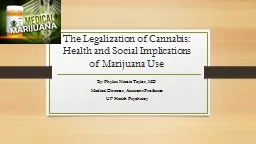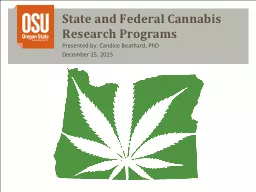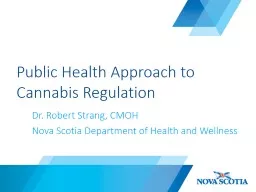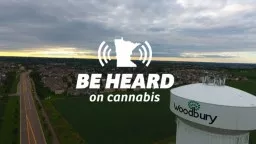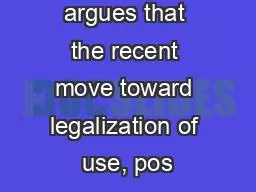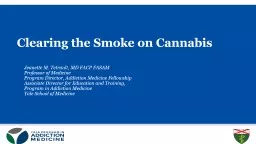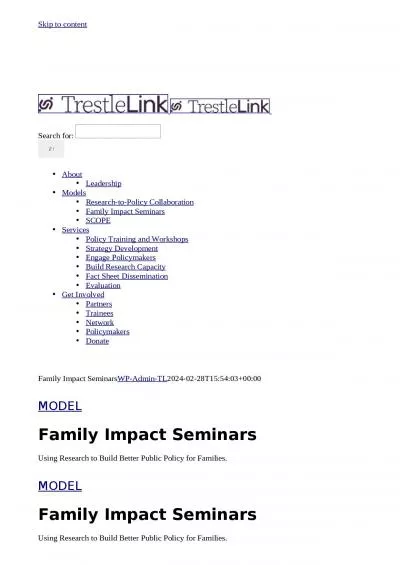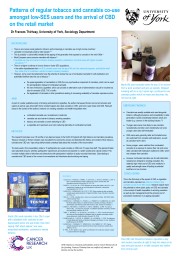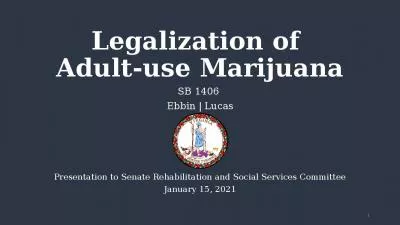PPT-The Legalization of Cannabis: Health and Social Implication
Author : jane-oiler | Published Date : 2017-11-13
By Phyliss Nicole Taylor MD Medical Director Assistant Professor UF Health Psychiatry Financial Disclosures None Objectives Understand what Amendment 2 means
Presentation Embed Code
Download Presentation
Download Presentation The PPT/PDF document "The Legalization of Cannabis: Health and..." is the property of its rightful owner. Permission is granted to download and print the materials on this website for personal, non-commercial use only, and to display it on your personal computer provided you do not modify the materials and that you retain all copyright notices contained in the materials. By downloading content from our website, you accept the terms of this agreement.
The Legalization of Cannabis: Health and Social Implication: Transcript
Download Rules Of Document
"The Legalization of Cannabis: Health and Social Implication"The content belongs to its owner. You may download and print it for personal use, without modification, and keep all copyright notices. By downloading, you agree to these terms.
Related Documents

